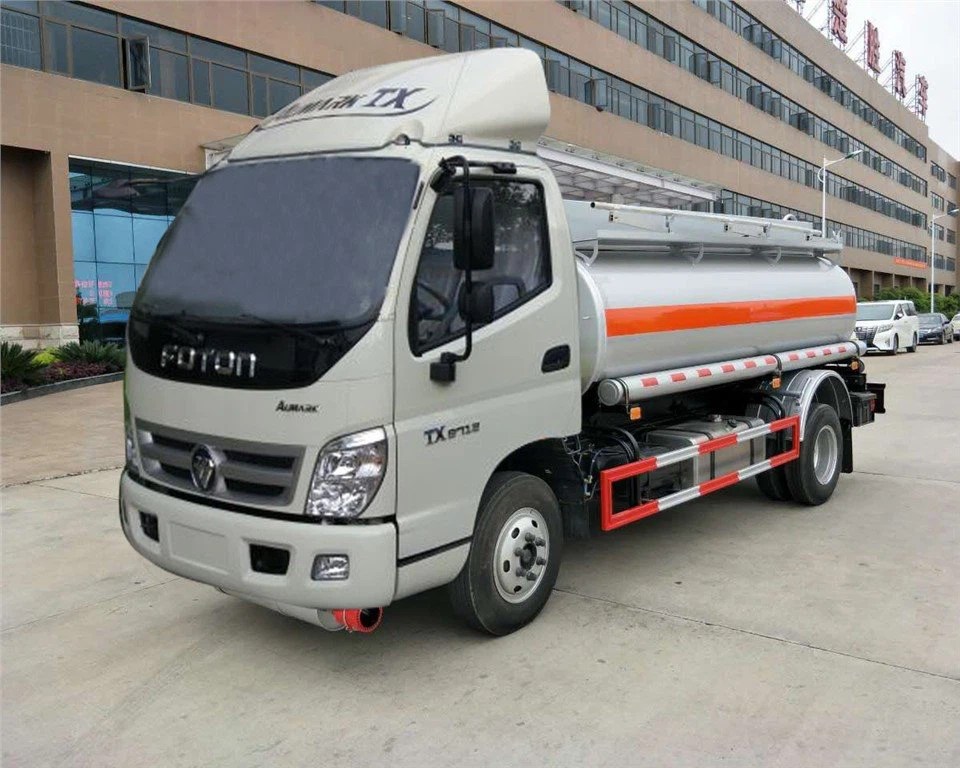Diagram Fuel Tanker Truck Specifications: Everything You Need to Know

Introduction
When it comes to the transportation of fuel, fuel tanker trucks play a vital role in ensuring safe and efficient delivery. Understanding the specifications of these specialized vehicles is crucial for those in the logistics and transportation industries. This article delves into the various components of fuel tanker trucks, providing detailed diagrams and specifications along with practical examples. Whether you are a fleet manager, a logistics professional, or simply someone interested in learning more about fuel transportation, this comprehensive guide will provide valuable insights.
Understanding Fuel Tanker Trucks
Fuel tanker trucks are specialized vehicles designed for transporting liquid fuels such as gasoline, diesel, and other petroleum products. The construction and specifications of these trucks differ significantly from standard cargo trucks, as safety and regulatory standards play a significant role in their design.
Key Components of Fuel Tanker Trucks
In this section, we will explore the key components that make up a fuel tanker truck. Each element is crucial for ensuring the truck’s efficiency and safety.
Tank Construction
Fuel tanker trucks are typically constructed from stainless steel or aluminum to resist corrosion and ensure durability. The tank is designed to minimize the risk of spills during transport.
Pumps and Valves
These are essential for loading and unloading fuel. Pumps facilitate the transfer of liquid, while valves control the flow of fuel and prevent leaks.
Compartmentalization
Many fuel tanker trucks feature multiple compartments, allowing for the simultaneous transport of different fuel types. This design ensures that the fuels do not mix, maintaining quality and safety.
Safety Features
Safety features such as emergency shut-off valves, vapor recovery systems, and pressure relief valves are critical in minimizing accidents and leaks.
Specifications of Fuel Tanker Trucks
The specifications of fuel tanker trucks vary based on their intended use, but several key factors are consistently important. Below is a detailed look at these specifications.

Dimensions
| Specification | Measurement |
|---|---|
| Length | 30-50 feet |
| Width | 8.5 feet |
| Height | 10-14 feet |
Cargo Capacity
The cargo capacity of a fuel tanker truck is crucial as it determines how much fuel can be transported. Most tanker trucks can carry between 5,000 to 11,000 gallons depending on their configuration.
Weight Specifications
The maximum gross vehicle weight (GVW) for fuel tanker trucks varies by jurisdiction but generally ranges from 66,000 to 80,000 pounds including the weight of the truck and the loaded fuel.
Engine Specifications
Fuel tanker trucks are equipped with powerful engines to handle the weight and provide the necessary torque. Engine capacities typically range from 300 to 600 horsepower.
Regulatory Compliance for Fuel Tanker Trucks
Fuel tanker trucks must comply with various regulations to ensure safe transportation of hazardous materials. This section highlights the key regulations that govern fuel tanker specifications.

DOT Regulations
The Department of Transportation (DOT) sets comprehensive rules for the transportation of hazardous materials. These regulations include specifications for vehicle maintenance, driver training, and emergency procedures.
Hazmat Certification
Drivers operating fuel tanker trucks are required to have a Hazardous Materials (Hazmat) endorsement on their commercial driver’s license. This endorsement ensures that they are trained in handling dangerous substances safely.
Examples of Fuel Tanker Truck Models
Several manufacturers produce high-quality fuel tanker trucks that meet the specifications required for fuel transportation. Below are a few notable models:
Kenworth T370
The Kenworth T370 is known for its robust build and powerful performance. It can typically carry up to 6,500 gallons of fuel and features advanced safety systems to enhance driver and public safety.
Peterbilt 567
The Peterbilt 567 is another popular choice in the industry, with the capability to haul over 10,000 gallons. The truck is designed with a focus on durability and comfort for long-distance routes.
Freightliner Cascadia
Freightliner Cascadia trucks are highly regarded for their fuel efficiency and reliability. They can be fitted with custom tanker bodies to meet specific transportation needs.
Best Practices for Operating Fuel Tanker Trucks
Operating a fuel tanker truck requires adherence to best practices to ensure safety and efficiency. Here are some tips for drivers and operators:
Conduct Pre-Trip Inspections

Always perform thorough pre-trip inspections to identify any mechanical issues or leaks before hitting the road. This can help prevent accidents and ensure compliance with safety regulations.
Training and Certification
Ensure all drivers are well-trained and certified to operate fuel tanker trucks. Ongoing training is also essential, especially for handling hazardous materials.
Maintain Proper Loading and Unloading Procedures
Follow established protocols for loading and unloading fuel to minimize the risk of spills. Always check for leaks during these processes.
Maintenance of Fuel Tanker Trucks
Regular maintenance is essential for the longevity and safety of fuel tanker trucks. Here are some key areas to focus on:
Routine Inspections
Conduct routine inspections of the tank, pumps, and valves to ensure all components are functioning properly. Address any issues immediately to prevent larger problems down the line.
Engine Maintenance
Regular engine maintenance, including oil changes and filters, can significantly affect the performance and efficiency of the truck.
Compliance Checks
Stay updated with regulatory changes and ensure that all compliance checks are performed regularly. This includes vehicle inspections and driver certifications.
Future Trends in Fuel Tanker Truck Design
As technology advances and environmental regulations tighten, fuel tanker truck design is evolving. Here are some trends to watch:
Increased Use of Alternative Fuels
Many manufacturers are exploring designs for fuel tanker trucks that can transport alternative fuels, such as biofuels and hydrogen.
Smart Trucking Technology
Integrating smart technology into fuel tanker trucks can improve tracking, reduce fuel consumption, and enhance safety through real-time monitoring systems.
Emphasis on Sustainability
With a growing focus on sustainability, the industry is looking at ways to minimize carbon footprints, including fuel-efficient designs and alternative materials.
FAQ Section
What is the average fuel capacity of a fuel tanker truck?
The average fuel capacity of a fuel tanker truck ranges from 5,000 to 11,000 gallons, depending on the truck’s design and purpose.
What safety features are critical in fuel tanker trucks?
Critical safety features in fuel tanker trucks include emergency shut-off valves, vapor recovery systems, and pressure relief valves to prevent spills and leaks.
Do fuel tanker truck drivers need special training?
Yes, drivers of fuel tanker trucks must have specialized training, including a Hazmat endorsement on their commercial driver’s license to safely handle hazardous materials.
How often should fuel tanker trucks be inspected?
Fuel tanker trucks should undergo routine inspections before each trip, with more comprehensive checks performed regularly as per industry standards and regulations.
What are the key regulations for transporting fuel?
The key regulations for transporting fuel include DOT regulations, which govern vehicle maintenance, driver training, and emergency procedures to ensure safe transportation.
What are some examples of popular fuel tanker truck models?
Popular models of fuel tanker trucks include the Kenworth T370, Peterbilt 567, and Freightliner Cascadia, known for their reliability and performance in fuel transportation.
